1. Egyptian Museum, Cairo
The Egyptian Museum in Cairo is one of the most famous and oldest museums in Egypt (Photo source: Collected)
The Egyptian Museum in Cairo is one of the most famous and oldest museums in Egypt, founded in 1902. Located in the heart of Cairo, this building owns a collection of more than 120,000 artifacts, most of which come from the ancient Egyptian period. The special highlight that makes this place a must-see is the room displaying the mummies of famous pharaohs such as Ramses II or Seti I. In addition, the collection of King Tutankhamun is also a highlight that attracts millions of visitors every year.
The museum's architecture is neoclassical, and the interior of the exhibition rooms is designed as a journey through the history of Egypt from the Old Kingdom to the Greco-Roman period. Each artifact is presented with a scientific explanation, helping visitors easily access and better understand the history. If you only have time to visit one museum in Egypt, this is the ideal choice.
2. National Museum of Egyptian Civilization
NMEC is one of the modern and internationally recognized museums in Egypt (Photo source: Collected)
Located in the Fustat area of Cairo, the National Museum of Egyptian Civilization (NMEC) is one of the most modern and internationally renowned museums in Egypt. Partially opened in 2017 and fully opened in 2021, the museum became famous when it received 22 royal mummies from the Egyptian Museum in a grand event called the “Golden Parade of the Pharaohs”.
The unique feature of NMEC is its comprehensive approach in presenting Egyptian history not only through the Pharaonic period but also including the Coptic, Islamic and modern periods. The Royal Mummies Gallery is located in a dark space, designed to simulate a tomb, providing a vivid and realistic experience for visitors. This is one of the most educational museums in Egypt and is suitable for many groups of visitors from schoolchildren, students to in-depth researchers.
3. Nubian Museum in Aswan
The Nubian Museum is a place to honor the culture of the Nubian people (Photo source: Collected)
In Aswan, the Nubian Museum celebrates the culture of the Nubians – an ancient community that once lived along the Nile River in southern Egypt. Funded by UNESCO and officially opened in 1997, the museum is not only a place to preserve artifacts but also a symbol of the efforts to preserve heritage during the construction of the Aswan Dam.
Inside, visitors will find more than 3,000 artifacts from prehistoric times to the Islamic period, including stone statues, household tools, jewelry, and archaeological maps. The outdoor space is also impressive, with a garden modeled after the Nubian desert, granite sculptures, and many relics excavated from the submerged land. This is the one museum in Egypt that helps visitors gain a deeper understanding of the country's cultural diversity, beyond the familiar view of Pharaohs and pyramids.
4. Alexandria Museum
This museum is a harmonious combination of classical European architecture and diverse Egyptian heritage (Photo source: Collected)
Located in the port city of Alexandria, this museum is a harmonious blend of classical European architecture and diverse Egyptian heritage. Built in 1926 and completely renovated in 2003, the Alexandria Museum displays more than 1,800 artifacts spanning the Pharaonic, Greco-Roman, Coptic and Islamic periods. It features an underground exhibition space, offering a unique experience for visitors.
Not only does the museum display antiquities, it also showcases the intermingling of civilizations through thematic rooms, recreating the daily lives of ancient residents. In particular, the Greek statues, gold jewelry collections and marble sculptures make this one of the ideal museums in Egypt to explore lesser-known aspects of ancient culture. For visitors who love archaeology and art history, this museum is definitely an attractive destination.
5. Luxor Museum
Luxor Museum is highly appreciated for its quality of display and selectivity in artifacts (Photo source: Collected)
If you are planning to visit the city of Luxor – known as the world’s largest open-air museum, you cannot miss the Luxor Museum. This is one of the museums in Egypt that is highly appreciated thanks to the quality of its displays and the selection of artifacts. Although not too large, this museum owns priceless treasures such as the mummies of two Pharaohs Ahmose I and Ramses I, statues from the Karnak temple and artifacts from the tomb of Tutankhamun.
The exhibition space is delicately arranged, using soft lighting to highlight the artifacts without causing a feeling of being overwhelmed. A big plus is the bilingual commentary system that helps visitors easily grasp the information. With its location near major monuments such as the Valley of the Kings and Karnak temple, Luxor Museum is an ideal stop for visitors to supplement their knowledge before starting their journey of outdoor exploration.
Each museum in Egypt is a window into different chapters of human history. From the grandeur of the Pharaohs, the charm of Nubian culture to the diversity of the Greco-Roman and Islamic periods, all are vivid and emotional. Visiting the museums in Egypt is not only a journey to enjoy art and antiquities, but also a journey back in time to better understand the origins of the world's most brilliant ancient civilization.
Source: https://www.vietravel.com/vn/am-thuc-kham-pha/bao-tang-o-ai-cap-v17706.aspx


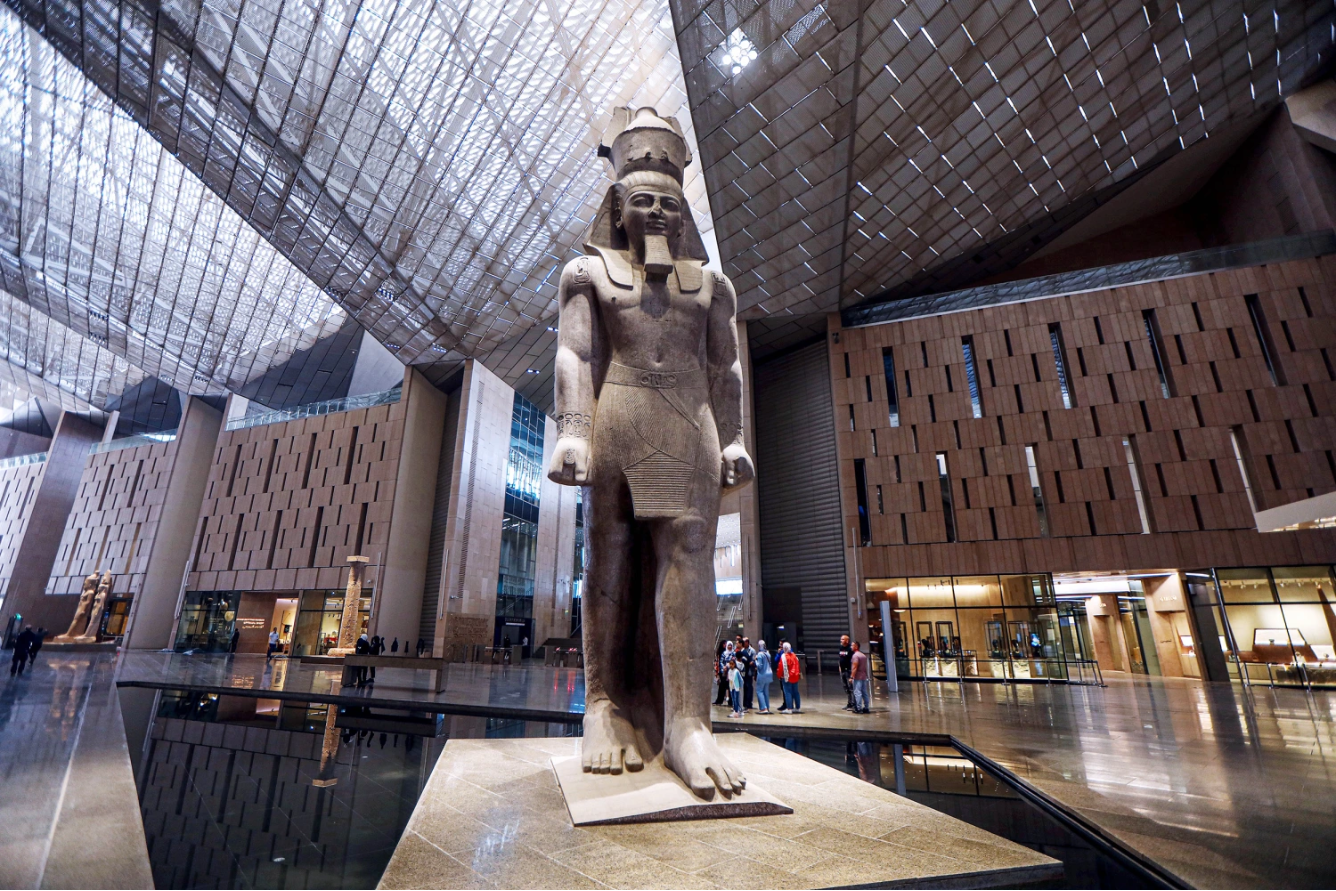
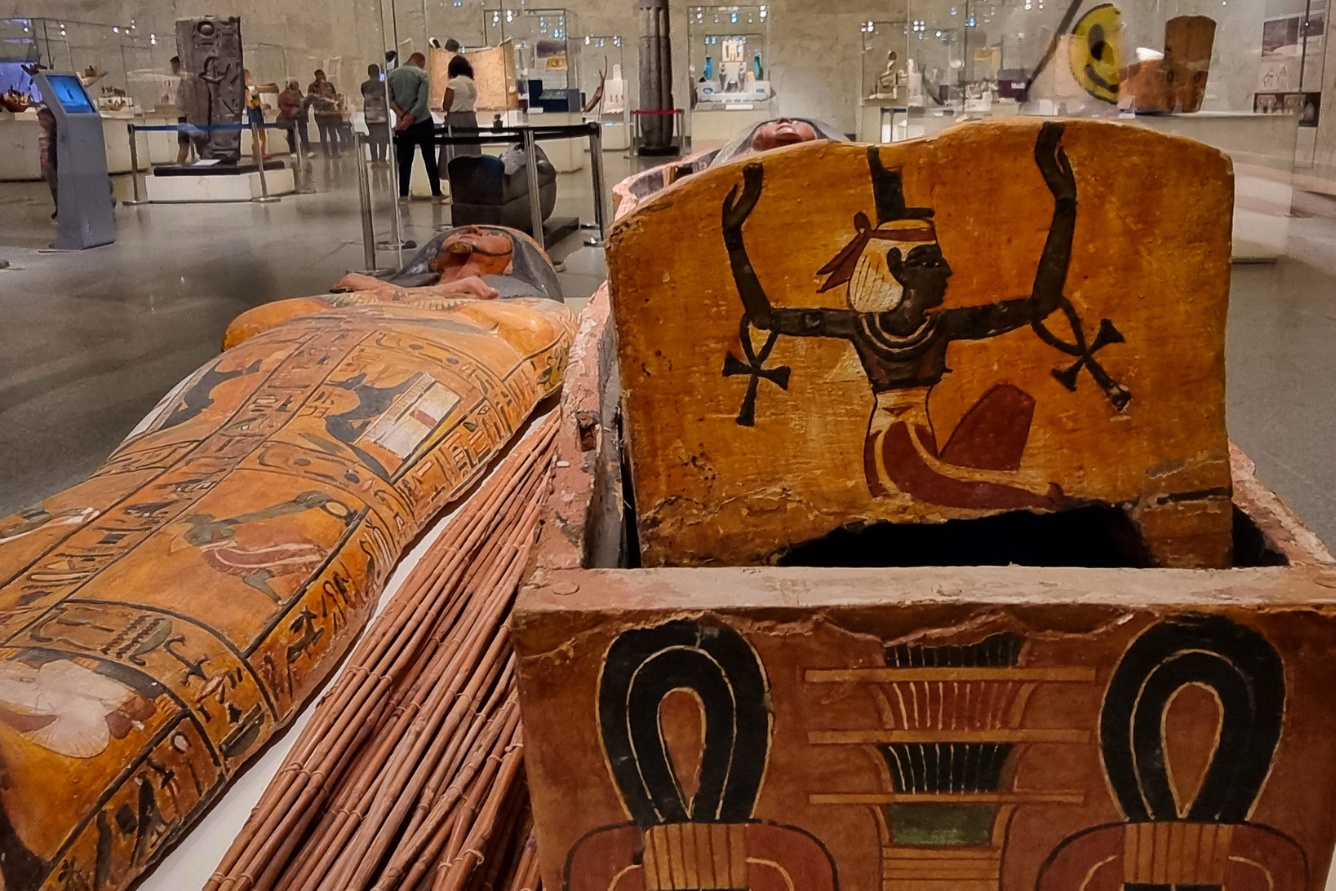
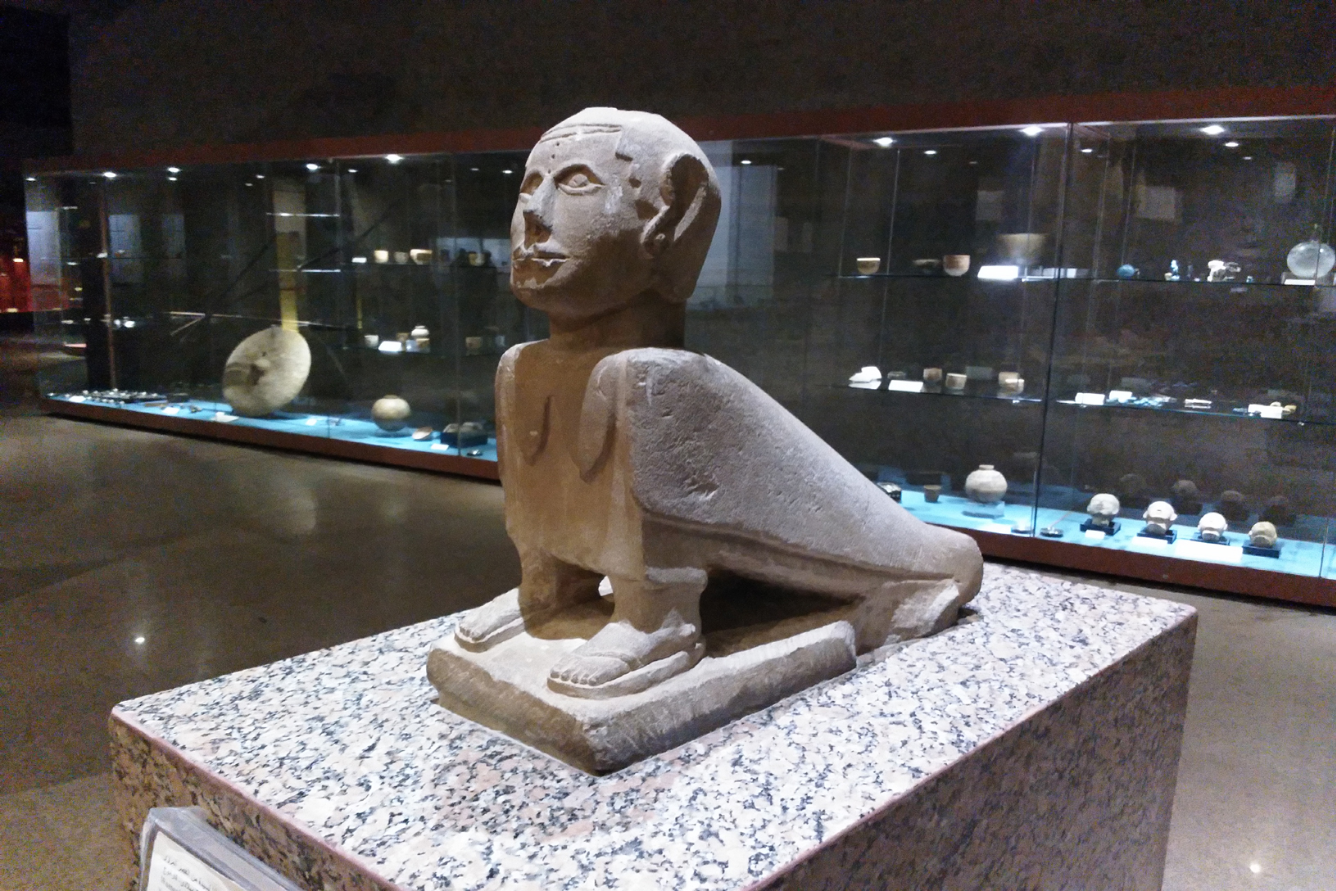
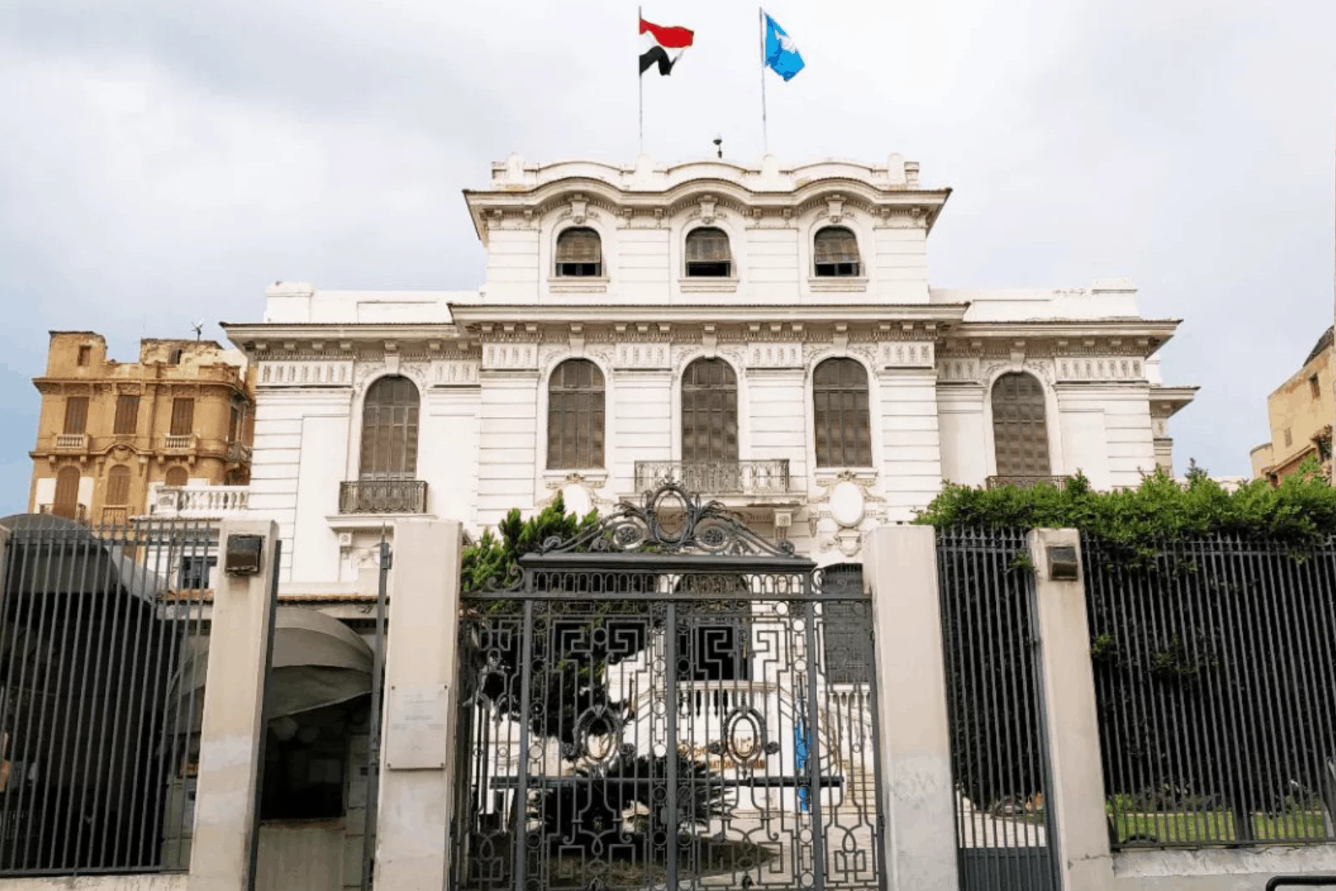
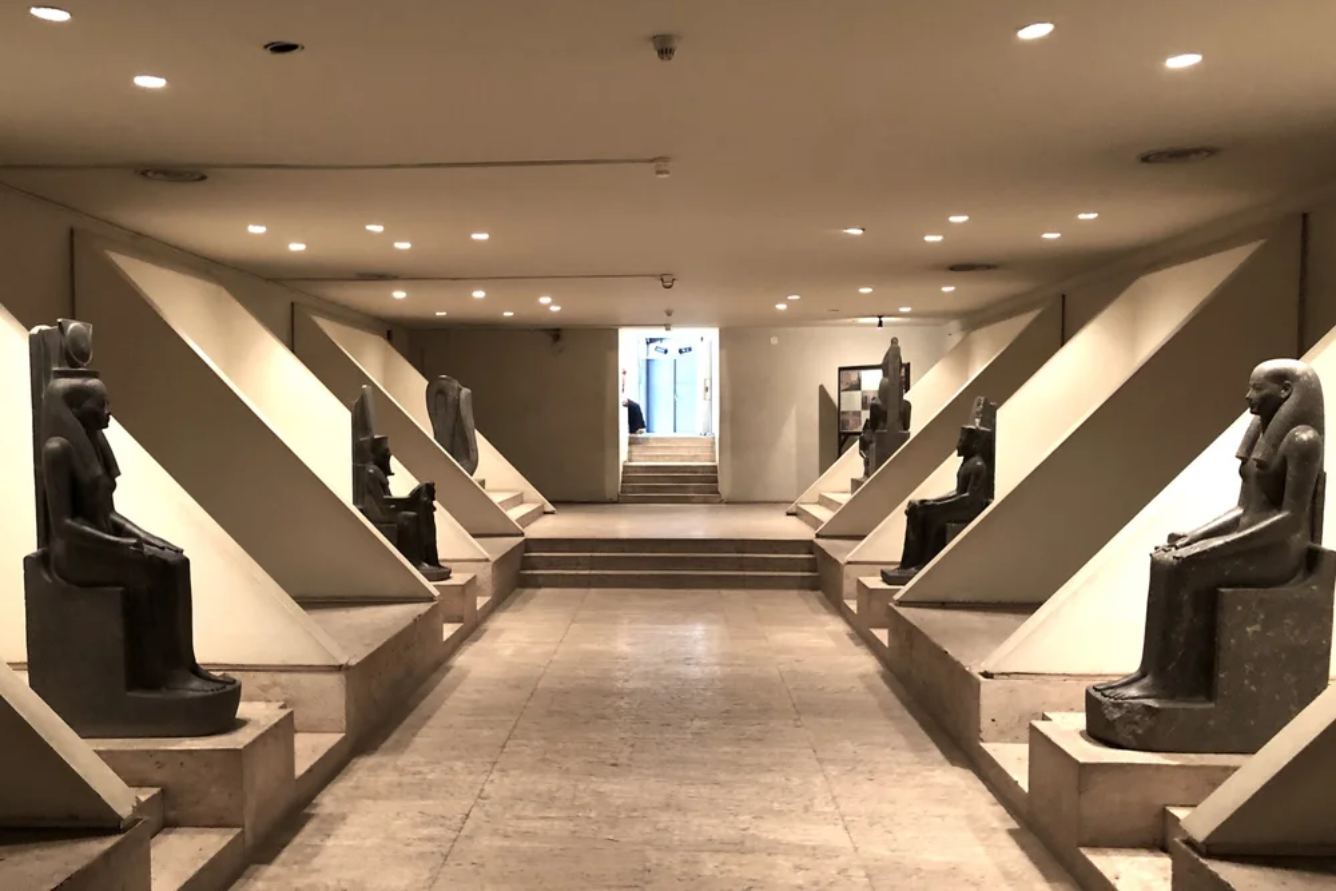





![[Photo] Urgently help people soon have a place to live and stabilize their lives](/_next/image?url=https%3A%2F%2Fvphoto.vietnam.vn%2Fthumb%2F1200x675%2Fvietnam%2Fresource%2FIMAGE%2F2025%2F12%2F09%2F1765248230297_c-jpg.webp&w=3840&q=75)
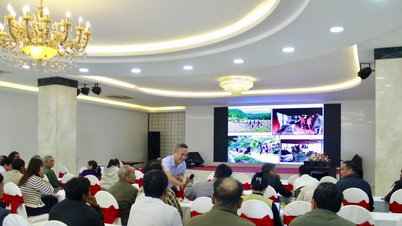



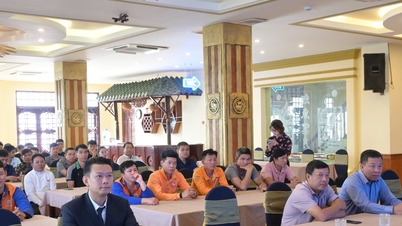













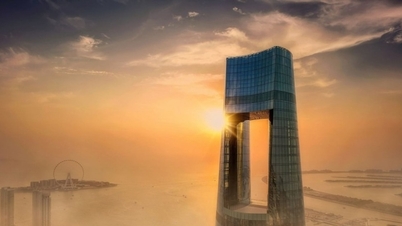
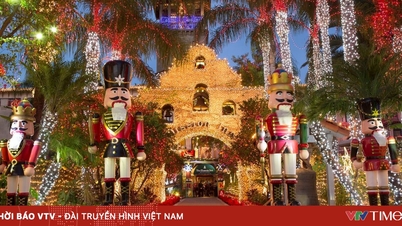

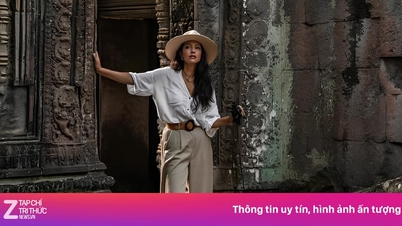
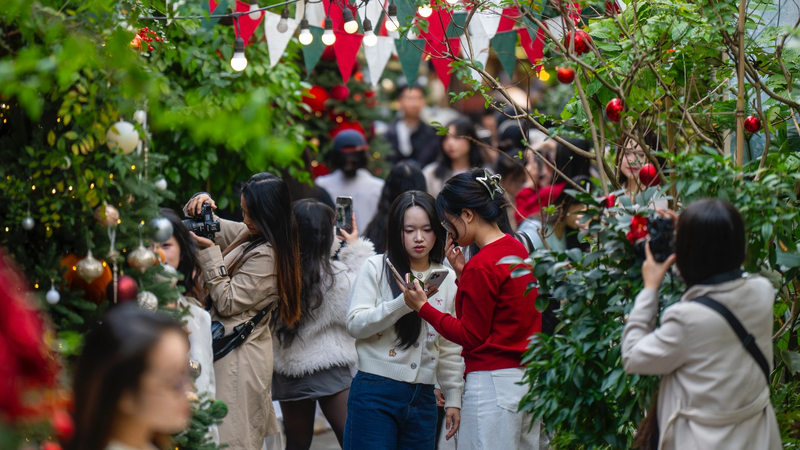



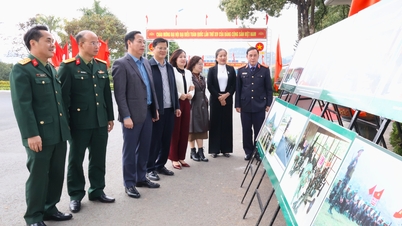

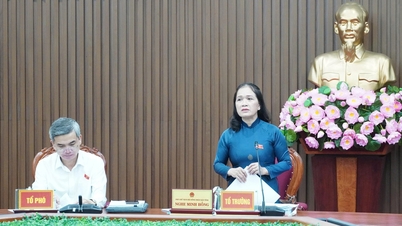










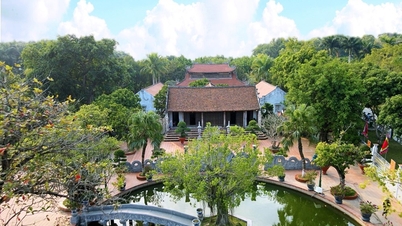
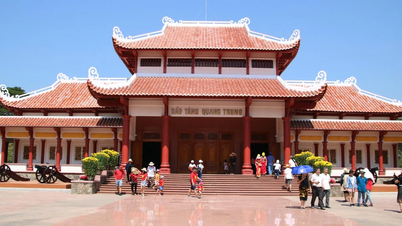










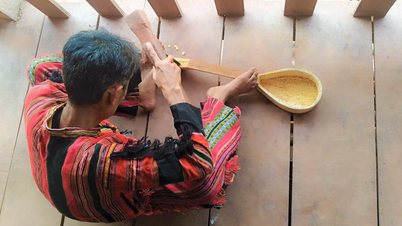





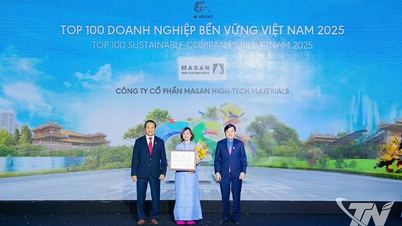


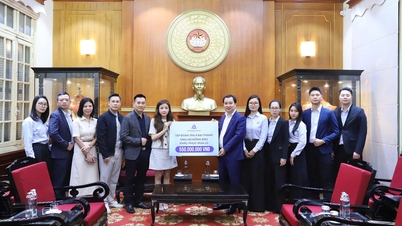
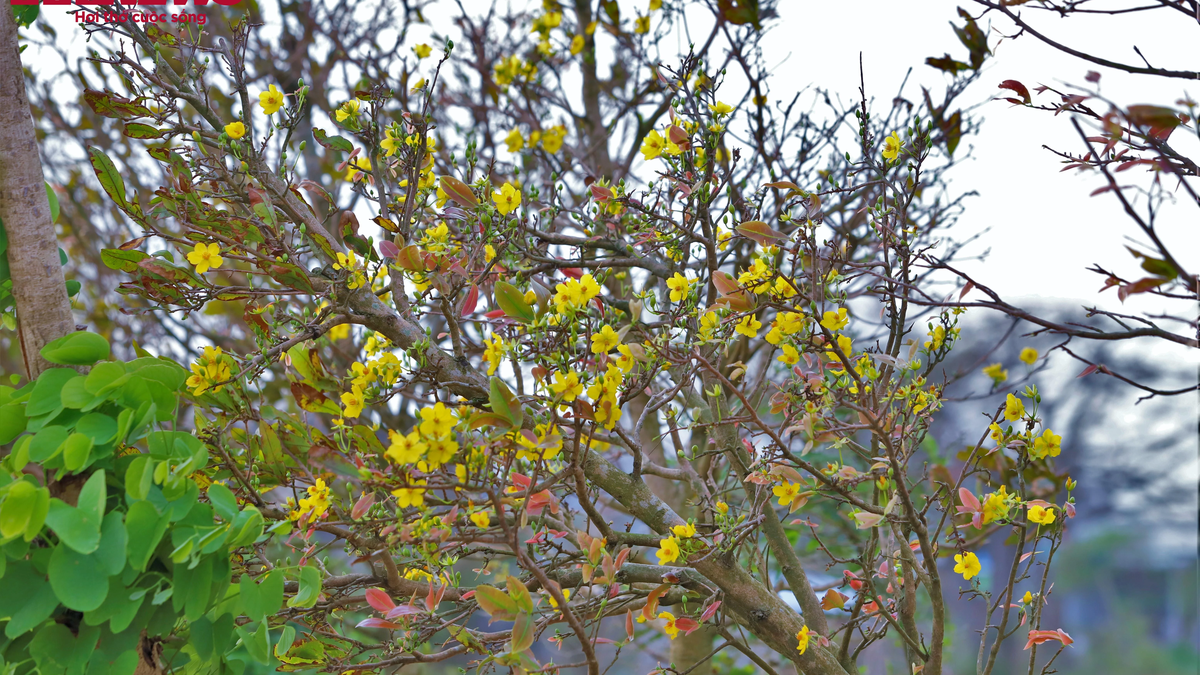










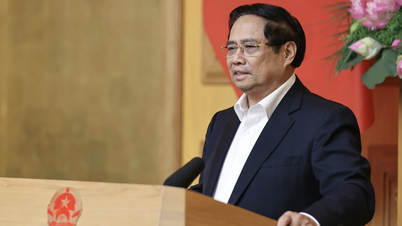

![[Photo] General Secretary To Lam works with the Standing Committees of the 14th Party Congress Subcommittees](https://vphoto.vietnam.vn/thumb/402x226/vietnam/resource/IMAGE/2025/12/09/1765265023554_image.jpeg)






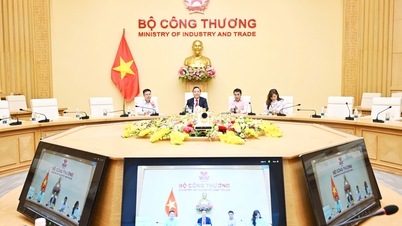


























Comment (0)